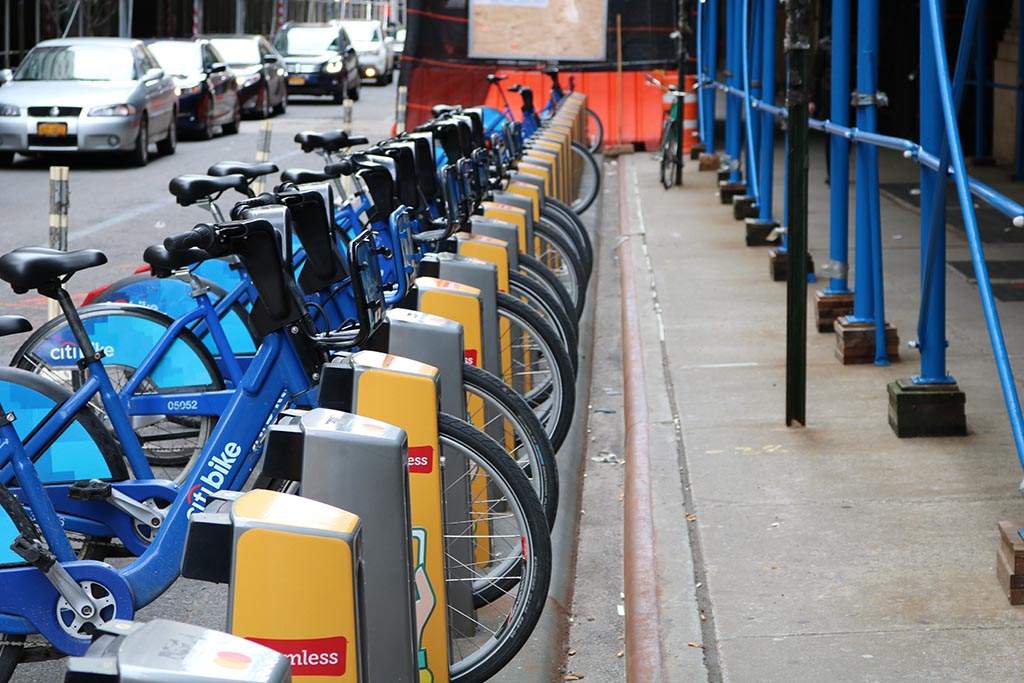Helmet Testing
In the United States, helmet testing is still using techniques and guidelines set in 1999. This means they are about 10 years old at this point, and what we know in 10 years can change a lot. The truly unfortunate part is that the testing that these helmets undergo doesn’t even accurately mimic the type of impact that actual cyclists undergo in an accident. They prevent fractures in terms of direct impact, but direct impact to the head on a bicycle is typically not what happens in an accident. Instead, you likely rely on the rim of the helmet more for protection, something that isn’t tested.
The Protection You Need
So how do you know if your helmet will actually protect your head in an accident? If you are concerned, what you want to look for is a helmet that advertises that it is MIPS-equipped. MIPS, or Multi-Directional Impact Protection System, is a rather new technology but allows the head to slide and twist slightly inside the helmet to actually reduce the amount of impact that can be caused in a trauma.
If you are using an urban-style helmet or a very old helmet, it is time to upgrade. With luck, you won’t need to find out how good your helmet is in an accident. However, wouldn’t you rather have a good one just to be safe?
Accidents Happen
If you have been in an accident, you likely won’t walk away from it unharmed. If you have been in a cycling accident and need help, contact us today to see what the Law Office of Gary Brustin can do to help you get the compensation that you deserve.


